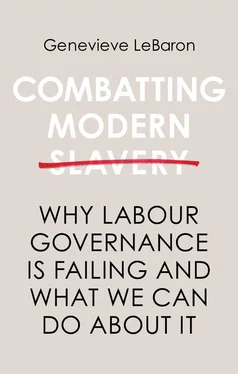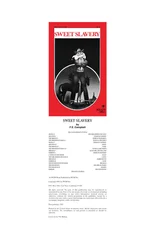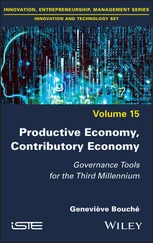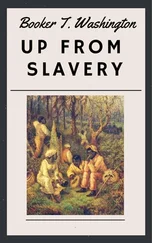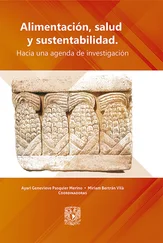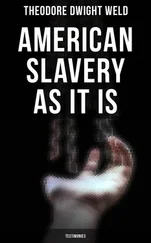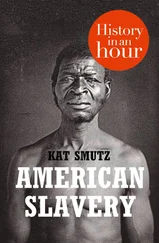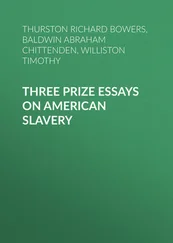A key contention of the anti-globalization movement was that corporations were causing labour abuse as they laid off workers and outsourced and offshored production activities to supplier firms in the global South. For corporations, one of the great benefits of using supplier firms is that they could set up relatively anonymous sweatshops, shielding brands from the legal and reputational consequences. However, at the same time as brands sought to distance themselves from these abusive labour practices, activist efforts and a raft of journalistic exposés sought to close the gap between consumers and the adults and children sewing their clothes, making their jewellery and assembling their sports equipment in appalling conditions. In 1996, for instance, a photo essay in Life Magazine introduced American consumers to the Pakistani children as young as 10 who were sewing their Nike soccer balls for around US$0.60 per day under ‘horrible conditions’, to use Nike chairman Phil Knight’s own regretful words following the incident. 31The next year, Nike was in the spotlight again when ‘it was revealed that workers in one of its contracted factories in Vietnam were being exposed to toxic fumes at up to 177 times the Vietnamese legal limit’. 32
Activists pushed for a range of solutions to the problems of offshoring and accelerating indecent work. Some called for an end to outsourcing, while others pressured the UN to create an international convention to impose corporate liability for labour standards. Still others pressured policymakers and international organizations like the International Monetary Fund (IMF) and World Bank to make trade and investment treaties more equitable by building in guarantees that a certain share of the value produced would remain in the countries and in the pockets of workers who contributed to the production of goods, even when the goods were sold elsewhere. While activists, workers and unions mobilizing for workers’ rights often differed on preferred solutions, they shared a united vision of the cause: that corporations and political elites were advancing a model of capitalist globalization allowing businesses to freely exploit vulnerable workers in poor countries desperate to attract foreign investment, and this was facilitating a global race to the bottom in labour standards and workers’ rights. 33
Nearly three decades later, corporations have made serious strides in positioning themselves as solutions to problems like labour abuse and poverty in the global economy rather than the cause . No doubt some activists and civil society organizations continue to bemoan corporate profits and greed, and many still would identify companies as the cause of exploitative labour practices within their supply chains. But at the same time, corporations have achieved sizable legitimacy and authority as problem-solvers for labour exploitation in supply chains. Today, they are just as likely to be discussed as part of the solution to problems like modern slavery, forced labour and a lack of labour law enforcement as they are to be spoken about as the cause of such problems. And many civil society, government and international organization actors have embraced their new role, arguing that what’s right for workers and society is compatible with what’s right for businesses’ bottom lines. Indeed, this ‘business case’ for abolishing slavery is a crucial rationale for many initiatives to combat modern slavery.
Corporations Save the World’s Workers
In sharp contrast to the era in which Nike’s reliance on child labour was first exposed, corporate actors today play a central role in global labour governance. As already mentioned, multinational corporations (MNCs) like Nike, Apple and Nestlé have enacted a vast array of voluntary initiatives to detect, address and prevent labour exploitation in their supply chains. Companies at the helm of global supply chains include within their codes of conduct specific requirements for suppliers concerning labour standards and use elaborate indexes to score suppliers on labour practices and noncompliance. They develop CSR initiatives, such as Mondelēz International’s Cocoa Life programme. And they write about these in their annual sustainability reports and modern slavery statements, which are produced to comply with recent legislation to spur greater transparency over global supply chains.
In an effort to prevent the embarrassment of incidents like Nike’s child labour scandal, companies now monitor labour standards in global supply chains using social auditors. Most companies hire third party (but typically still for-profit) auditors to monitor working conditions in portions of their supply chains, usually focusing on Tier 1 suppliers. Nike notes in its 2018 Statement on Forced Labor, Human Trafficking and Modern Slavery that it conducted 471 audits and assessments in fiscal year 2018. 34Some companies push the cost of auditing onto suppliers, requiring them to hire auditors and submit results. As Coca-Cola describes it, ‘all of the bottling operations and authorized suppliers selling more than $60,000 annually to the Coca-Cola system are required to complete a third-party audit and share the audit results with The Coca-Cola Company’. 35Many companies also monitor working conditions by providing hotlines for workers to report abuse and by administering mobile phone surveys to workers – measures they describe at sustainability conferences and in their CSR reports as ‘technology-supported worker engagement’.
In addition, companies seek to address modern slavery through ethical certification schemes like Fairtrade and Rainforest Alliance. As companies have battled media and activist attention towards bad labour practices in their supply chains, many have increased the proportion of their business covered by ethical certification schemes. Some have even achieved full certification. As Tata Global Beverages describes one of its tea brands, Tetley, for instance:
At the start of 2010, Tetley announced its commitment to purchase all of the tea for its branded tea bag and loose tea products from Rainforest Alliance Certified™ farms. We are pleased to report that in FY17/18, 100% of all Tetley branded black and green tea ( Camellia sinensis ) and red/rooibos tea ( Aspalathus linearis ), including flavoured and decaffeinated varieties, sold by TGB is Rainforest Alliance Certified™. 36
Ethical certification schemes like Fairtrade can be costly investments. Starbucks, for instance, reports it has paid US$16 million in Fairtrade premiums alone since 2000, as well as US$10 million to ‘Fairtrade licensing initiatives that support the international certification system (FLO-CERT), producer services and awareness building around the benefits of Fairtrade’. 37Big profitable companies can afford the cost of certification; some companies are now double or even triple certifying their supply chains, combining schemes like Fairtrade, Rainforest Alliance and Organic. But for suppliers, who are frequently expected to bear the costs of becoming certified, the price can be exorbitant. One garment factory owner recently declared that, given their high cost for little value and the need to use them in order to stay in business, ‘the certification systems are the mafia’. 38
In addition to auditors and ethical certification companies, corporations also engage a range of other industry actors to support their new and accelerating efforts to combat modern slavery. Big audit firms like Deloitte, KPMG, Ernst & Young and PricewaterhouseCoopers are hired by brand companies and manufacturers to provide assurance and advisory services related to transnational labour governance, ranging from supply chain mapping, advisory and risk assessment in relation to labour standards to the establishment of key performance indicators (KPIs) around human trafficking and child labour. 39Deloitte even partnered with an antislavery NGO, Free the Slaves, to publish a report called The Freedom Ecosystem: How the Power of Partnership Can Help Stop Modern Slavery , in which the benefits of soft-law incrementalism and corporate–NGO partnerships are touted. ‘Rather than seeking silver bullets’, the authors urge, ‘organizations looking to contribute to the eradication of slavery should aim to take incremental steps to improve the status quo.’ 40
Читать дальше
